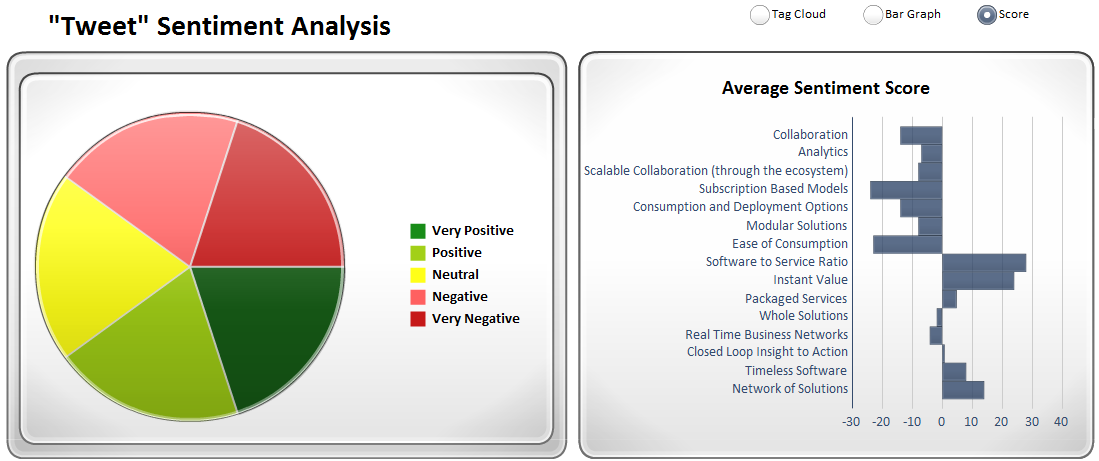
Krish and I both feel honored to have been invited as Judges for the Cloud Computing category. Below is the official announcement in full:
THE GENESIS
Today, we announce an award that celebrates and recognizes leaders who have overcome the odds to successfully apply emerging and disruptive technologies for their organizations.
In Search of Protostars
Most award programs recognize the technology suppliers for their advancements in the market. Few, if any programs, have recognized individuals for their courage in battling the odds to effect change in their organization. The Constellation SuperNova Awards celebrate the explorers, the pioneers, and the unsung heroes who successfully put new technologies to work. More importantly, these leaders have created disruptions in their market.
“Applying technology innovation to effect business results requires exceptional organizational leadership and teamwork. It is not enough to simply implement the technology. To ensure success, these leaders had to build buy-in relationships across all levels of the organization – appealing to rational and emotional senses – as well as make tough calls in system delivery to make change easier”, noted Amy Wilson, Vice-President and Principal Analyst, Constellation Research, Inc.
An all star cast of judges will identify applicants who embody the human spirit to innovate, overcome adversity, and successfully deliver market changing approaches. Applicants will be subjected to a vigorous set of criteria that reflect real-world and pragmatic experience. Semifinalists will be selected in five categories: social business, mobile enterprise, cloud computing, advanced analytics, and emerging technologies.
“Innovation is the life blood of businesses. We need to celebrate those pioneers who are able to see what the others don’t, who are willing to invest their time and energy while others don’t dare to, and whose passion inspires us all to look innovation in the eyes, embrace it and become innovators.” said Paul Papadimitriou, Vice-President and Principal Analyst, Constellation Research, Inc.
THE DETAILS
(Cross-posted @ CloudAve » Zoli Erdos)





Recent Comments